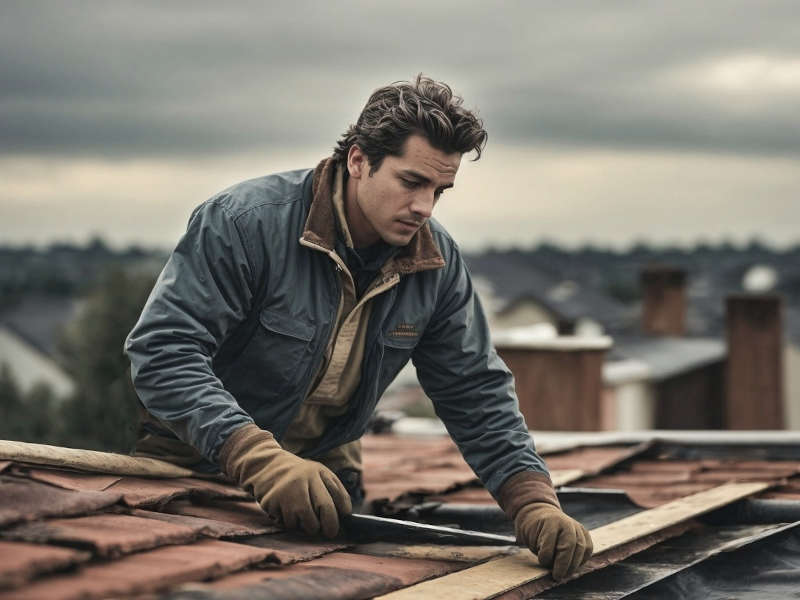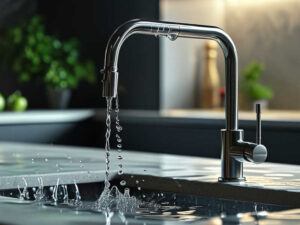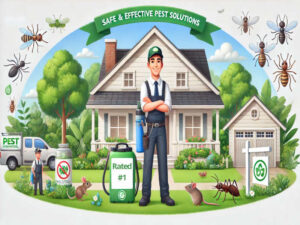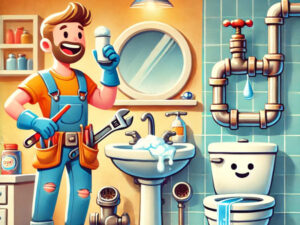Top 10 Common Roof Repair Mistakes and How to Avoid Them

4 minute read time
Roof repairs can be tricky, but mistakes during the process can lead to even bigger headaches. Whether you’re tackling a DIY project or hiring a professional, understanding common roofing errors is essential. Prioritize safety, inspect thoroughly, and use the right materials for your roof type. If you’re ever unsure, consult a professional to ensure the job is done right. Let’s dive into the top 10 roof repair mistakes and how you can sidestep them like a pro.
1. Neglecting Safety Precautions
Safety should always come first. Many homeowners underestimate the risks of roof repairs, such as falls, injuries, or electrical hazards. Skipping basic safety measures, like securing ladders or wearing protective gear, can result in serious accidents.
How to Avoid It: Use a sturdy ladder, wear rubber-soled shoes for grip, and consider a safety harness if working on a steep roof. Always avoid repairs during bad weather or strong winds.
2. Skipping a Roof Inspection Before Repairs
Jumping into repairs without inspecting the roof can lead to overlooked issues. For example, fixing a visible crack might ignore hidden problems like rotting wood or weak structural areas.
How to Avoid It: Conduct a thorough inspection before starting any repair. Look for damaged shingles, rusted flashing, and signs of leaks inside your home.
3. Using Incorrect Materials
Choosing the wrong materials for your roof type can create long-term issues. Mismatched shingles, poor-quality adhesives, or nails that are too short can compromise the roof’s durability.
How to Avoid It: Consult your roof’s manufacturer guide or seek advice from a roofing expert. Buy materials that are compatible with your roof type and climate.
4. Ignoring Underlayment Issues
Underlayment serves as a waterproof barrier beneath your shingles. Ignoring damage to this layer can lead to leaks and costly repairs down the line.
How to Avoid It: Check the underlayment during repairs. If it’s torn or worn, replace it before applying new shingles.
5. Improper Flashing Installation
Flashing seals roof edges, valleys, and areas around chimneys or vents. When installed poorly, water can seep into the gaps, causing leaks and mold.
How to Avoid It: Measure and cut flashing correctly, ensuring it fits tightly. Use a waterproof sealant to secure it in place.
6. Overloading the Roof
Placing heavy tools or excess materials on your roof can strain the structure. This can cause damage or even collapse in extreme cases.
How to Avoid It: Keep only the essentials on the roof while you work. If you’re working on a larger project, use a hoist to lift materials as needed.
7. Failing to Identify the Source of a Leak
Fixing a leak without finding its origin is like putting a bandage on a broken pipe. Water often travels before showing signs of a leak, making it easy to misdiagnose the problem.
How to Avoid It: Trace the leak to its source. Look for discoloration, water stains, or damp spots in the attic. Use a hose to simulate rain and observe where water enters.
8. Poor Nail Placement or Usage
Nailing shingles incorrectly can cause them to loosen or allow water to seep through. Exposed nails also rust over time, weakening their hold.
How to Avoid It: Place nails in the correct position, typically just below the adhesive strip of shingles. Avoid overdriving or underdriving nails, and use rust-resistant nails for added durability.
9. Neglecting Ventilation
Good ventilation prevents heat and moisture from building up in the attic. Poor ventilation can lead to mold, warped shingles, and increased energy costs.
How to Avoid It: Ensure your roof has proper intake and exhaust vents. Check for blockages and clean vents regularly.
10. Delaying Repairs
Procrastination can turn small problems into expensive disasters. Minor leaks, missing shingles, or cracks can quickly worsen if not addressed promptly.
How to Avoid It: Perform regular roof maintenance and address issues as soon as they arise. Schedule a professional inspection annually to catch problems early.
Why Hiring a Professional Can Help
Roofing experts have the skills, tools, and experience to handle complex repairs. They can identify issues you might overlook and provide long-lasting solutions. While DIY repairs can save money upfront, a professional can save you from costly mistakes in the long run.







